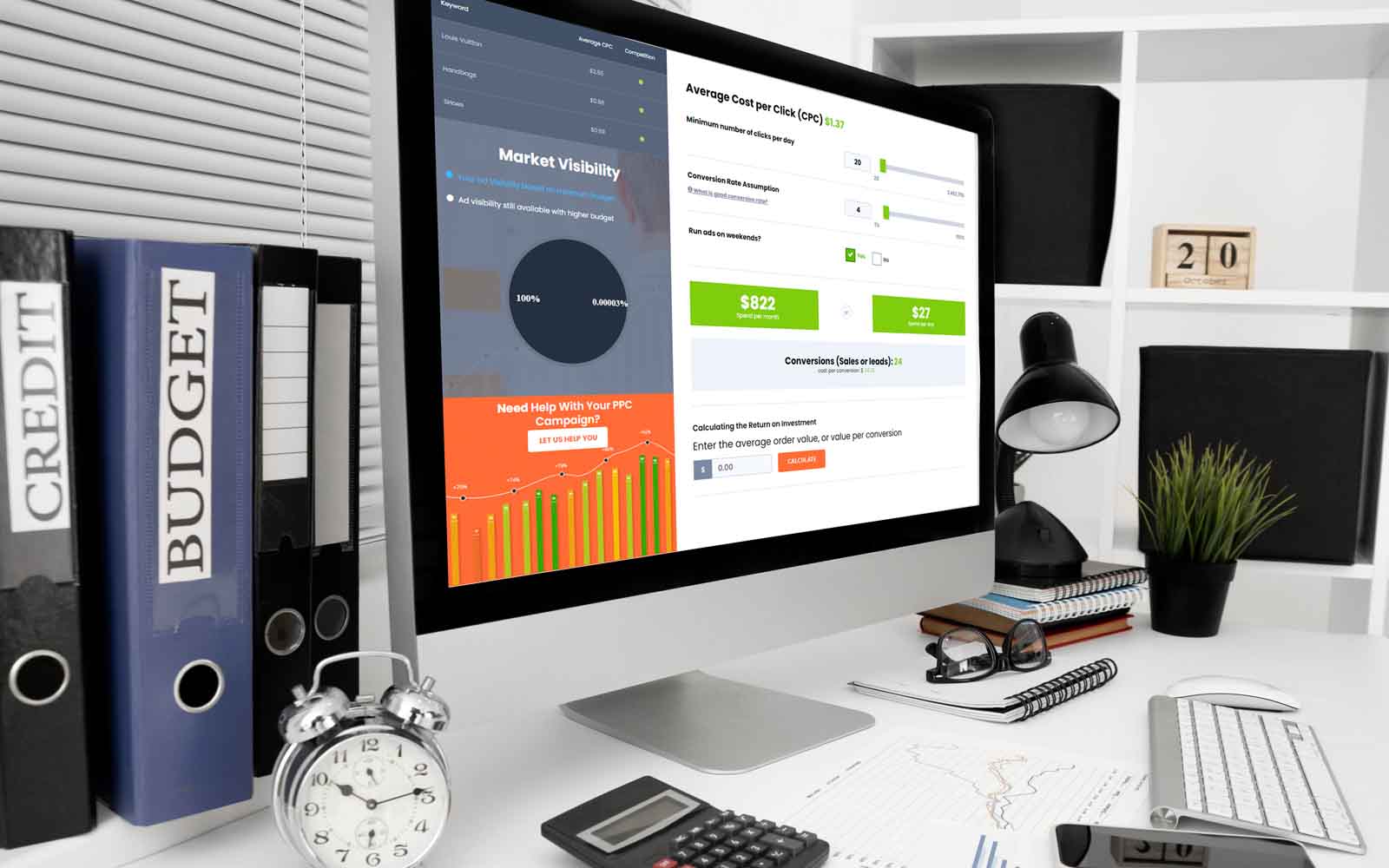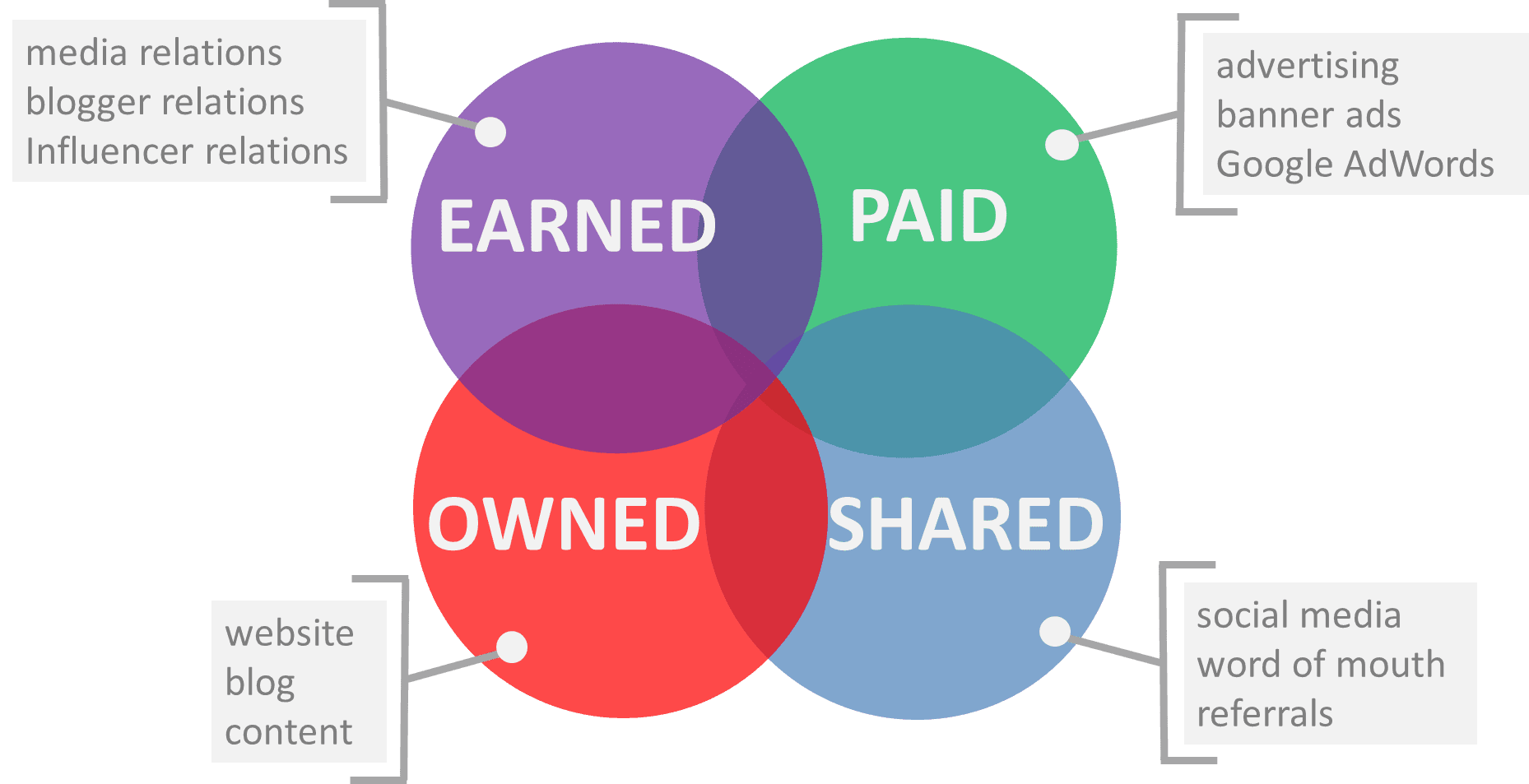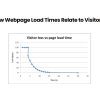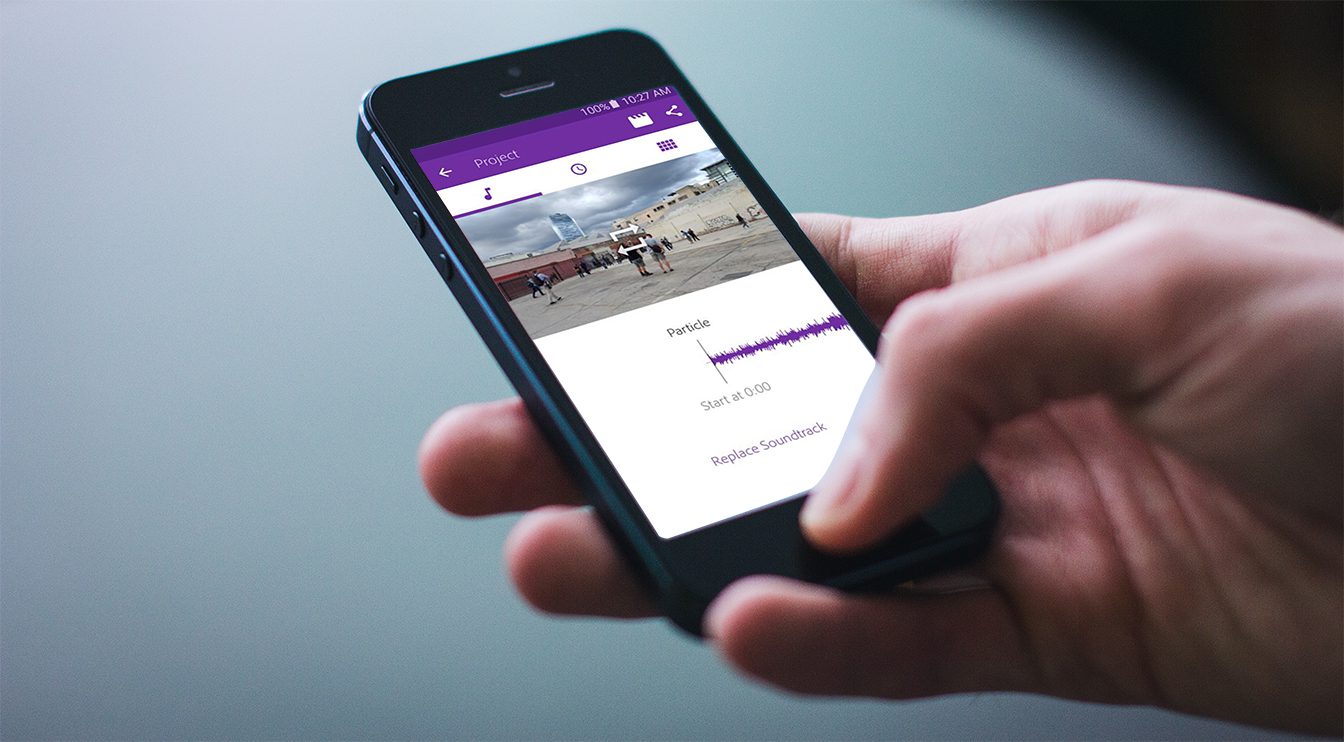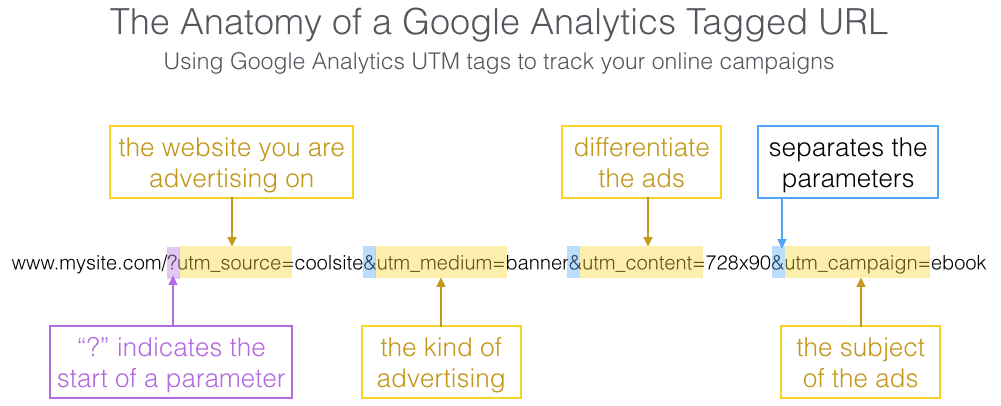Today we are going to discuss how to measure Cost per Acquisition, which is a fancy way of saying “Cost per Sale”. If you are like most companies, you probably have several marketing promotions going on across multiple channels. Maybe what you have is some online pay-per-click (PPC), organic search engine optimization (SEO), direct mail and radio. Good marketing requires that we know and understand what sales are costing us from each channel.
Well, how do you know how much you are going to spend in each marketing channel?
The fact is, most are guessing. In order to properly assess what you are going to spend in each marketing channel, it is necessary to understand what you are willing to spend to acquire a new customer (cost per acquisition), and ultimately, the lifetime value of the customer.
Wait, what is “lifetime value of the customer”? That is the net dollars a customer is worth to you from the moment they become a customer to the moment they are no longer a customer. We will talk about this in much more detail in a future blog.
But for now, let’s say that the lifetime net value of a customer is $1,000 so I can illustrate how to use this to back into your cost per acquisition thresh hold. Now, depending on the type of company, margins, and a few other factors, the general rule of thumb is to allocate on average, 15 percent of the customer lifetime value to acquisition cost. This means for this example, we are willing to spend $150 to acquire a new customer from any marketing channel.
How To Measure Cost Per Acquisition
Great! Now, that was the easy part. The hard part is setting up each campaign to be able to track leads and acquisitions by source because we want to make sure we are not exceeding our cost per acquisition thresh hold. This is where everyone falls apart, because it takes process, training, leadership, dedication and the proper tools to do this.
You can get as detailed as you want on what “total campaign cost” means to you in terms of labor, graphic design, ad expense, printing, mailing, etc., but the most important thing is that you break it down by individual campaign. Keep in mind that your cost per acquisition may be quite high in the beginning as you front-load all of your set-up fees. Those will get diluted as the campaign starts to generate leads and sales over time.
OK. We’ve determined what campaigns we’re going to run, how much (roughly) we should spend to acquire a new customer ($150) each. How much money should we allocate to each campaign? Honestly, it will be an educated guess until you are tracking leads and sales efficiently to really know the answer to this. But let’s look at a direct mail example.
Direct Mail Example
Many companies purchase mailing lists based on a set criteria for demographic, household income, and some level of intent to purchase. Most direct mail campaigns I’ve done usually yield a 1-5% response rate, and out of those, a 10-30% convert into a sale. So let’s make some assumptions for illustration purposes:
- List size: 10,000 names
- Total Campaign Cost: $20,000 (includes list, design, printing, and mailing)
- Response Rate: 3%
- Conversion Rate: 15%
So based on the above response and conversion rates, we would get 300 people to respond to the mailer, and 45 people to buy (this is our Total Acquisitions in the equation above). Now we know that our cost per acquisition is $20,000/45, or $444.44, which of course is higher than our initial cost per acquisition threshold, so we need to decide if this channel is feasible moving forward.
Pay-Per-Click Example
Pay-per-click is an online ad buying method where you run some ads on search engines, affiliate networks, social sites and other, to drive traffic to a landing page where you hope to “convert” the potential customer. Results on PPC will vary by industry and competitiveness, but for illustration purposes, let’s assume the following:
- Total Click-Throughs: 2,500
- Total Campaign Cost: $20,000 (includes set-up, landing page design, ad expenditures, etc.)
- Conversion Rate: 8%
Try the PPC Budget Calculator
Find out in seconds how much you should budget for your pay -per-click (PPC) campaign. All you have to do is enter the keywords, and we will show you everything you need to know to make the right decisions based on data.

So based on the above response and conversion rates, out of the 2,500 who clicked on our ad to arrive at the landing page, 200 visitors converted to a “sale”. Now we know that our cost per acquisition is $20,000/200, or $100, which is $50 less than our initial cost per acquisition threshold, so comparatively speaking, the PPC campaign is yielding much better results than our direct mail example with the same investment, so we could take the funds spent on direct mail and re-distribute them to our PPC campaign.
So there is a basic example of how to measure your cost per acquisition. This gets to be much harder to measure on traditional broadcast channels, so try using unique URL’s or 800 numbers to capture and segregate leads from various channels.
What are you doing to measure cost per acquisition? How many channels are you marketing across?


